Gary's Automotive Tips For Smooth Driving
Ellie Moore
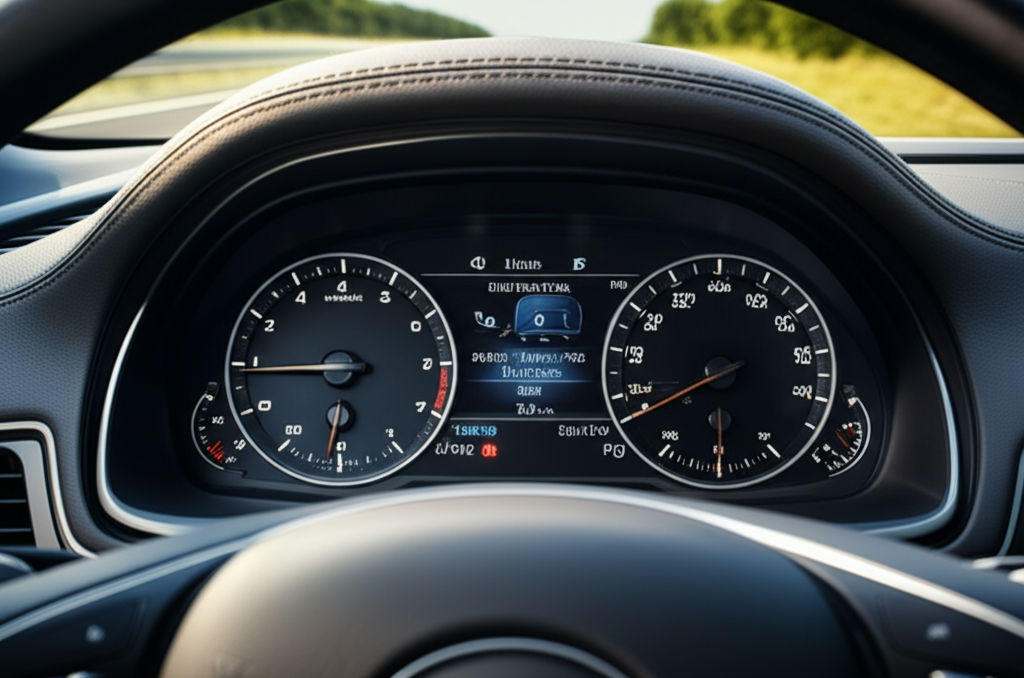
Photo: Unlock the secrets to truly smooth driving with Gary's expert tips! Boost safety, efficiency & extend your car's life.
Gary's Automotive Wisdom: Unlocking the Secrets to Truly Smooth Driving
Driving is more than just getting from point A to point B; it's an experience. For many, it's a daily ritual, a source of independence, or even a passion. But how often do we consider the quality of that experience? Are we truly driving smoothly, or are we inadvertently putting strain on our vehicles and ourselves? Enter Gary, a seasoned automotive expert with decades of hands-on experience and a wealth of practical knowledge. Gary believes that smooth driving isn't just about comfort; it's about safety, efficiency, and extending the life of your beloved vehicle.
In this comprehensive guide, Gary shares his invaluable automotive tips, designed to transform your daily commute into a serene journey and ensure your car runs like a dream for years to come. We'll delve into the critical interplay between meticulous vehicle maintenance and refined driving techniques, revealing how both are essential components of the art of smooth driving.
The Foundation of Smooth Driving: Vehicle Maintenance Essentials
Think of your car as a symphony orchestra. For it to produce harmonious music, every instrument must be in tune and well-maintained. The same goes for your vehicle. A smooth ride begins long before you even turn the key – it starts with diligent maintenance.
Tire Care: Your Grip on the Road
Your tires are the sole point of contact between your vehicle and the road, making their condition paramount for a smooth and safe ride. Gary emphasizes three key aspects of tire care:
- Proper Inflation: Under-inflated tires increase rolling resistance, reduce fuel efficiency, and cause uneven wear, leading to a bumpier ride and compromised handling. Over-inflated tires can reduce the tire's contact patch, making the ride harsher and potentially reducing grip. Always refer to your car's manufacturer specifications (usually found on a sticker inside the driver's door jamb or in the owner's manual) for the recommended tire pressure. Check your tire pressure at least once a month, ideally when the tires are cold.
- Regular Rotation: Tires wear differently depending on their position on the car. Rotating them every 5,000 to 7,500 miles, or as recommended by your vehicle manufacturer, helps ensure even wear, extending their lifespan and maintaining balanced handling.
- Wheel Alignment and Balancing: Misaligned wheels can cause your car to pull to one side, leading to uneven tire wear and a less stable, rougher ride. Unbalanced wheels can cause vibrations at certain speeds, which is not only uncomfortable but also puts stress on suspension components. Have your alignment checked annually or if you notice any pulling or uneven tire wear. Balancing should be done whenever new tires are installed or if you notice vibrations.
Brake System: Stopping Power and Smooth Deceleration
Smooth driving isn't just about going, it's also about stopping – smoothly. A well-maintained brake system ensures not only your safety but also contributes significantly to the overall smoothness of your drive.
- Timely Pad and Rotor Replacement: Worn brake pads can lead to grinding noises, reduced stopping power, and a jerky braking experience. Rotors can warp over time, causing a pulsating sensation when braking. Regularly inspect your pads and rotors and replace them before they become dangerously thin or severely worn.
- Brake Fluid Checks: Brake fluid is hygroscopic, meaning it absorbs moisture over time, which can reduce its effectiveness and lead to corrosion in the brake lines. Gary recommends having your brake fluid checked and flushed according to your manufacturer's schedule, typically every two to three years. Fresh fluid ensures consistent brake pedal feel and optimal performance.
Engine and Fluids: The Heartbeat of Your Car
A healthy engine is fundamental to smooth acceleration and consistent power delivery. Neglecting engine maintenance can lead to hesitations, rough idling, and reduced efficiency.
- Oil Changes: Engine oil lubricates moving parts, reduces friction, and helps dissipate heat. Dirty or low oil can lead to increased wear, reduced performance, and a less smooth engine operation. Adhere to your car's recommended oil change intervals, using the correct type and viscosity of oil.
- Fluid Levels (Coolant, Transmission, Power Steering): Just like engine oil, other vital fluids play a crucial role. Low coolant can lead to overheating, while old or low transmission fluid can result in jerky shifts. Regularly check all fluid levels and top them up or replace them as needed. Smooth shifts from your transmission are key to a seamless driving experience.
- Spark Plugs and Air Filter: Worn spark plugs can cause misfires and rough idling, impacting engine smoothness and fuel economy. A clogged air filter restricts airflow to the engine, leading to reduced performance and increased fuel consumption. Replace these components as part of your routine maintenance.
Suspension and Steering: Gliding Over Bumps
Your car's suspension system is designed to absorb bumps and vibrations from the road, providing a comfortable and stable ride. Issues here can quickly turn a smooth journey into a jarring experience.
- Shock Absorbers/Struts: These components dampen spring oscillations, preventing your car from bouncing excessively after hitting a bump. Worn shocks can lead to a bouncy ride, poor handling, and increased tire wear. If your car feels overly floaty or takes a long time to settle after a bump, it might be time for an inspection.
- Steering Components: Loose tie rod ends, ball joints, or worn bushings in the steering system can lead to play in the steering wheel, making it harder to keep the car straight and contributing to a less precise, less smooth feel. Have these components inspected during routine maintenance.
Mastering the Art of Driving: Techniques for Smoothness
Beyond mechanical perfection, smooth driving is an art form, a dance between driver and machine. Gary's tips focus on refining your driving habits to maximize comfort, safety, and efficiency.
Gentle Acceleration and Braking: The Key to Comfort
Aggressive starts and sudden stops are not only uncomfortable but also wasteful and damaging to your vehicle.
- Smooth Acceleration: Gradually apply pressure to the accelerator pedal. Imagine balancing a glass of water on your dashboard – you want to accelerate without spilling a drop. This reduces strain on the engine and transmission, improves fuel efficiency, and makes for a much more pleasant ride for all occupants.
- Progressive Braking: Instead of slamming on the brakes, anticipate stops and begin braking gently and progressively. Gradually increase pressure as you slow down, then ease off slightly just before coming to a complete stop. This technique minimizes nose-dive, reduces wear on brake components, and makes stopping almost imperceptible.
Anticipation and Road Awareness: Seeing Ahead
One of Gary's golden rules for smooth driving is "look far ahead." Anticipation is the cornerstone of defensive and smooth driving.
- Scan the Road Ahead: Don't just look at the car in front of you. Scan several cars ahead, observe traffic lights, pedestrian crossings, and potential hazards. This allows you more time to react, enabling gentle adjustments rather than sudden maneuvers.
- Predict Traffic Flow: By observing brake lights far ahead or cars merging, you can predict changes in traffic speed and adjust your own speed proactively, often avoiding the need for hard braking or acceleration.
Smooth Cornering and Lane Changes: Grace on the Go
Jerky turns and sudden lane shifts disrupt the vehicle's balance and the comfort of passengers.
- Gentle Cornering: Reduce your speed before entering a turn, then maintain a steady, light throttle through the turn. Accelerate gently as you exit the curve. This keeps the car balanced and prevents excessive body roll.
- Planned Lane Changes: Signal well in advance, check your mirrors and blind spots thoroughly, and then gradually steer into the new lane. Avoid sudden jerks of the steering wheel. A smooth lane change is a testament to awareness and control.
Maintaining Proper Distance: The Buffer Zone
Following too closely is a recipe for sudden braking and a stressful driving experience.
- The 3-Second Rule (or more): In ideal conditions, maintain at least a three-second following distance between your car and the vehicle in front. In adverse weather or heavy traffic, increase this distance. This "buffer zone" gives you ample time to react to sudden stops or changes in speed by the car ahead, allowing for smooth, gradual braking.
Beyond the Basics: Advanced Tips for an Even Smoother Ride
Gary's expertise extends beyond the fundamental. These tips delve into understanding your vehicle's nuances for an even more refined experience.
Understanding Your Vehicle's Feedback
Every car has a unique personality and communicates with its driver. Learning to interpret these signals is crucial for smooth operation and preventative maintenance.
- Listen to Your Car: Pay attention to unusual noises – squeaks, rattles, clunks, or hums. These can be early indicators of developing problems that, if addressed promptly, can prevent major issues and maintain ride quality.
- Feel the Road: Notice any changes in steering feel, brake pedal feedback, or suspension response. A new vibration, a spongy brake pedal, or excessive body roll are all signs that something might need attention.
The Role of Quality Parts
While budget-friendly options exist, Gary often advises against compromising on critical components.
- Invest in Quality: For components like tires, brake pads, and suspension parts, investing in higher-quality parts can significantly impact ride comfort, performance, and longevity. They often perform better, last longer, and contribute more effectively to a smooth driving experience.
Driving in Challenging Conditions
Smooth driving becomes even more critical when facing adverse weather or difficult road conditions.
- Adjust for Weather: In rain, snow, or ice, significantly increase your following distance, reduce your speed, and make all inputs (acceleration, braking, steering) much more gradually. Smoothness is paramount to maintaining traction.
- Navigate Potholes and Bumps: While you can't avoid every imperfection, try to steer around large potholes when safe to do so. If unavoidable, slow down as much as possible before impact and try to roll over them rather than hitting them head-on. This minimizes shock to your suspension and tires.
Benefits of Smooth Driving: More Than Just Comfort
Embracing Gary's automotive tips for smooth driving yields a multitude of advantages that extend far beyond a pleasant ride.
Enhanced Safety
- Reduced Accident Risk: Smooth
Finance & Investment
View All
September 30, 2025
Yahoo Finance American Edition NewsGo beyond basic SEO! Create expert content to build authority, earn trust, and secure top search rankings. Your guide to digital success.
Ellie Moore

February 4, 2025
Market Segmentation: Best Practices to FollowStay ahead with proven best practices in market segmentation. Discover strategies to optimize your marketing efforts.
Ellie Moore

June 13, 2025
Harley Davidson Finance for True RidersUnlock online success with expert SEO content. Learn to create high-quality, E-E-A-T-driven content that ranks high, builds trust, and genuinely helps your audi...
Ellie Moore

May 13, 2025
City of Chicago Finance GuideCraft expert SEO content to rank higher & engage readers. Discover how to leverage E-E-A-T, keyword research, and strategic optimization for online success.
Ellie Moore

October 9, 2025
Carmax Financing Options and TipsUnlock higher rankings and reader engagement with expert SEO content. Go beyond keywords, deliver deep value, and build trust with E-E-A-T principles.
Ellie Moore

November 18, 2025
Understanding Leveraged Finance ConceptsUnlock top rankings & build trust with expert SEO content. Go beyond keywords to create valuable, user-centric content that search engines and readers love.
Ellie Moore
Insurance
View AllDiscover how parametric insurance uses data to quickly respond to natural disasters and protect assets.
Ellie Moore
Facing rising car insurance costs? Our guide helps you find affordable coverage, compare quotes, and reduce premiums without sacrificing protection.
Ellie Moore
Understand the legal side of insurance with this guide to policy exclusions. Learn what’s not covered and why it matters.
Ellie Moore
Secure your future with top-rated marketplace insurance for 2025. Trusted insights on plans, pricing, regulations & tech for all insurance roles.
Ellie Moore
Decode your insurance policy! Learn to understand terms, coverage, and conditions with this beginner-friendly guide.
Ellie Moore
Discover how return of premium life insurance works and whether it’s the right choice for you. Understand the benefits and costs!
Ellie Moore
Education
View AllCompare Montessori and traditional education methods. Discover which approach is more effective for fostering creativity and independence in students.
Read MoreLifelong learning is the new normal! Discover why continuous learning is essential for personal growth, career success, and adapting to change.
Read MoreIs a college degree still worth it? Dive into a detailed analysis of the ROI on higher education, including costs, benefits, and future prospects.
Read MoreRevive ancient teaching with the Socratic method! Learn how this questioning approach encourages deep thinking and active learning.
Read MoreOpen educational resources are breaking down barriers to knowledge. Learn how free learning materials are changing the global education scene.
Read MoreMultilingual education promotes diversity and cultural understanding. Learn why it matters and how it benefits students in a globalized world.
Read MorePopular Post 🔥
View All
1
2
3
4
5
6
7
8
9
10
Health






Automotive
View All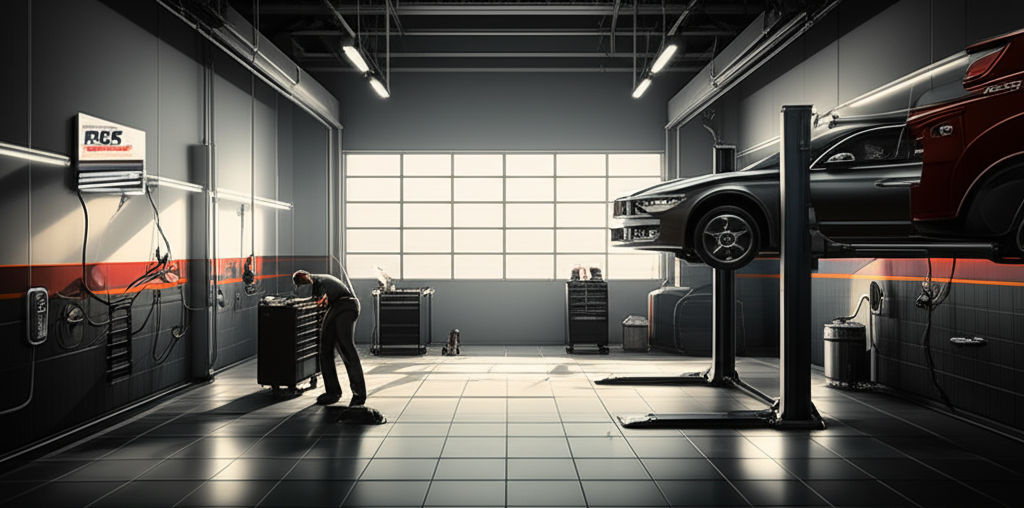
August 28, 2025
R&R Automotive Your Go-To Shop For Repairs
R&R Automotive: Your trusted shop for reliable car repairs & maintenance. Expect expert service, transparent pricing, and peace of mind.
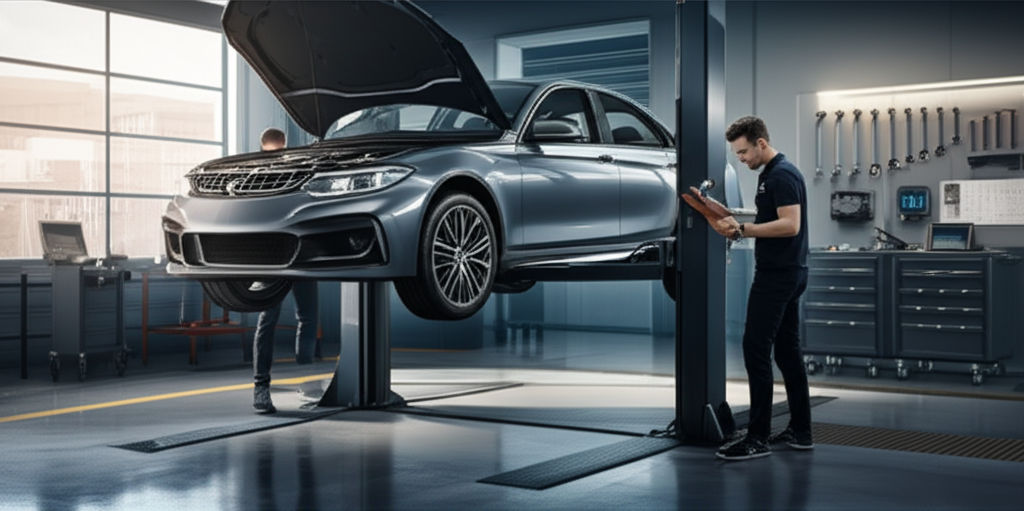
August 5, 2025
What You Need To Know About Cee Jay Automotive
"Cee Jay Automotive" isn't one company. Explore its diverse forms, from body repair to auto suppliers, and what to know about each.

August 7, 2025
Evans Automotive Offers Trusted Vehicle Solutions
Evans Automotive: Your trusted partner for comprehensive vehicle solutions. Experience transparent, expert care & peace of mind on the road.

February 14, 2025
Biofuels in Cars: Renewable Energy’s Bright Future
Explore the future of renewable energy in automobiles. Learn how biofuels are shaping the next generation of sustainable vehicles.
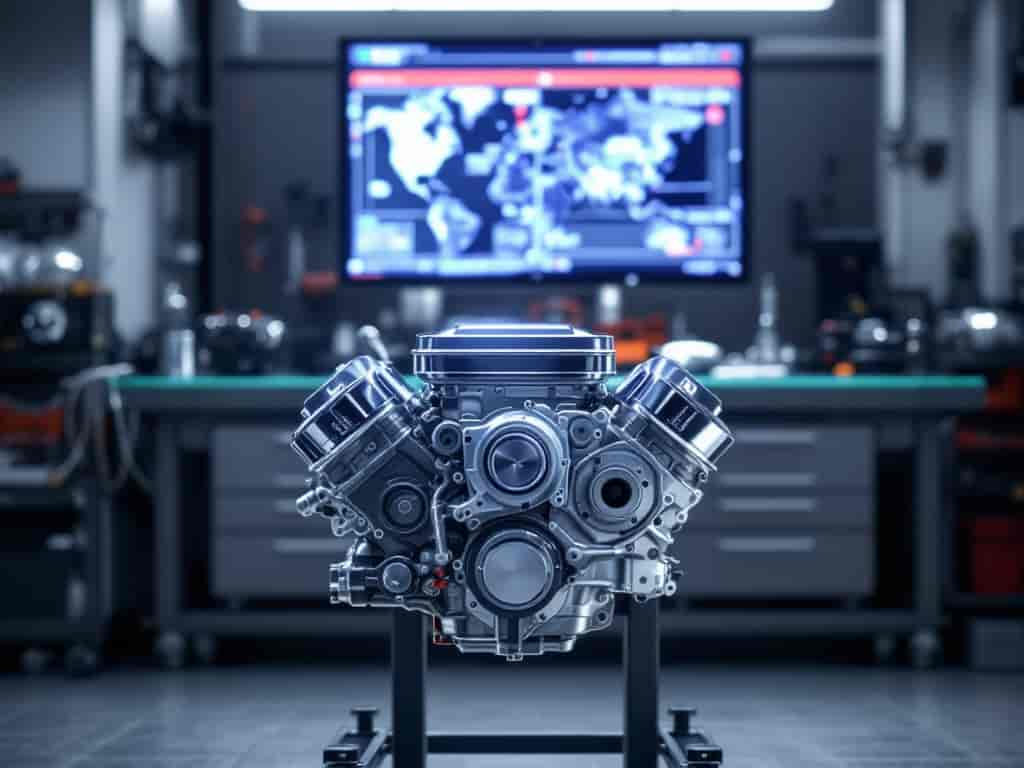
February 6, 2025
Performance Upgrades: Power Meets Reliability
Boost your car’s performance while ensuring reliability. Learn key upgrades that balance speed, power, and safety for optimal driving.
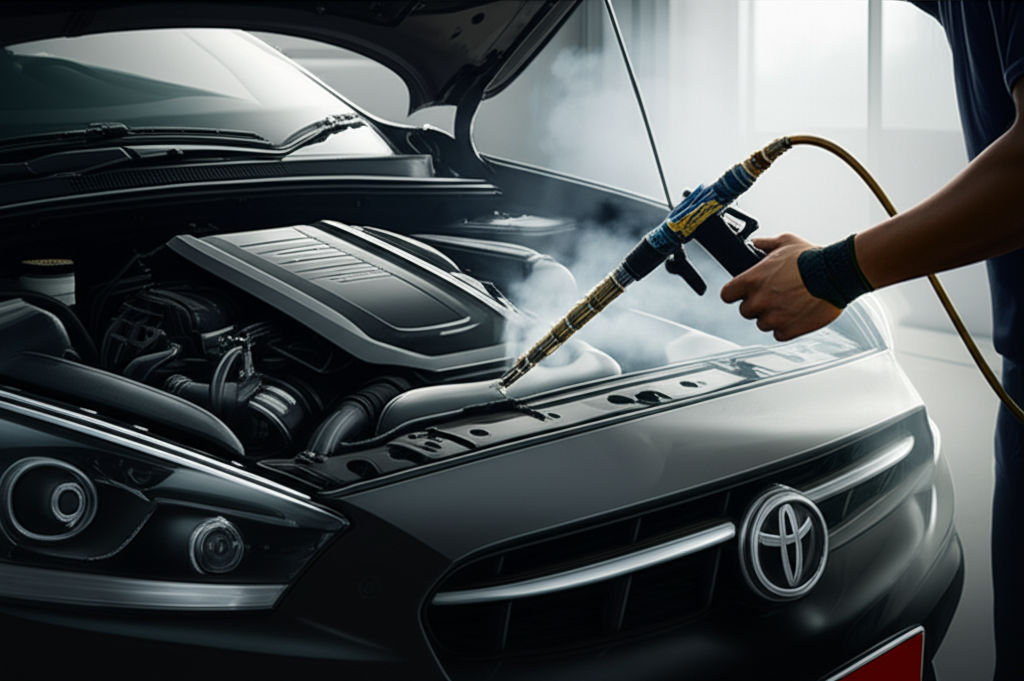
August 29, 2025
Smoke Machine Automotive Uses And Benefits
Discover how automotive smoke machines revolutionize car repair! Easily find hidden leaks (vacuum, exhaust, EVAP) for precise fixes. Make the invisible visible!

















